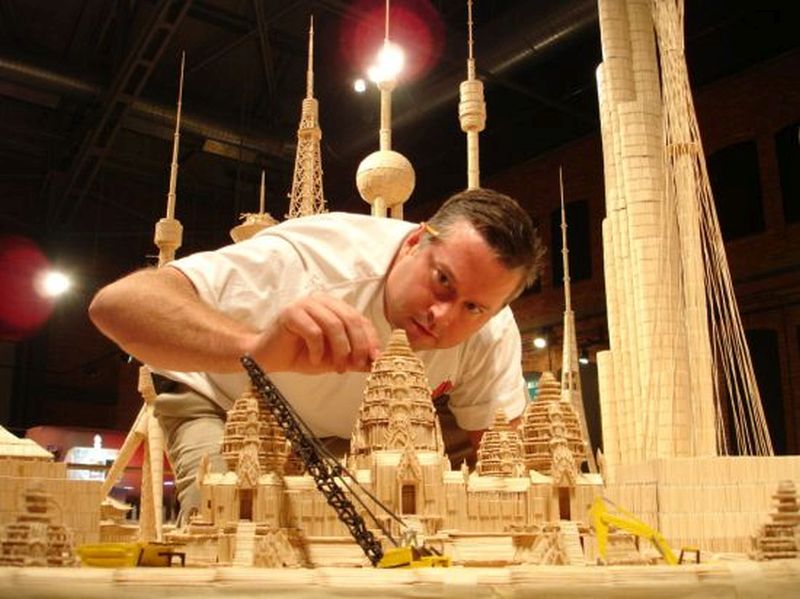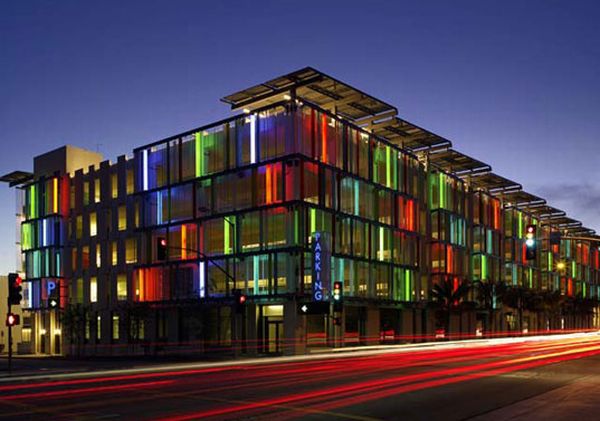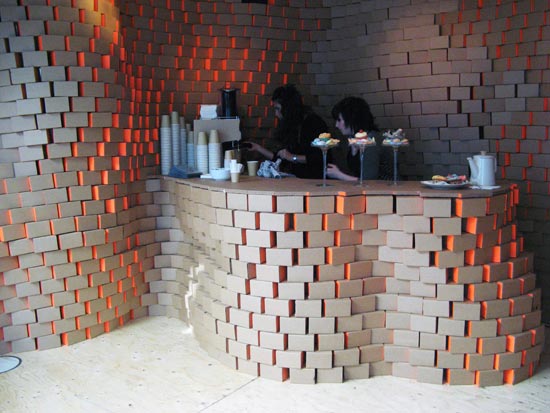
There has been a recyclable, naturalist yet surprisingly strong substance, which have been creating a phenomenal name in the field of architecture over the last few years. Guessing what it could be? It is cardboard, a material that is made of paper. Every year around the world, cardboard is produced in a large scale (more than 100 million tons). Being amazingly fire resistant, it is now considered convenient and perfect for eco friendly architecture. Listed below are some magnificent examples of architecture that are created by using cardboard.
Cardboard Café
- Making a cafe out of cardboard is a classy way to bring out the significance of recycling and reuse. Furniture made of cardboard is gaining popularity at a rapid rate, but Cardboard Café which was designed some time ago for the London Design Festival was very unique in itself. Every part of the café including furniture, benches, counters, tables, walls, entrance arches were all made of sheer cardboard. The guests were served drinks in cups made of cardboard and were also invited to wear dress made of cardboard. A total of 8000 cardboard boxes were used by the architect to design this marvelous structure.
Though it is magnificent, it surely is not enduring and canât be used to provide shelter to anyone and this is the only dark side of this structure. Let us hope that structures like this will persuade people to use more eco friendly material.
Cardboard cathedrals Christchurch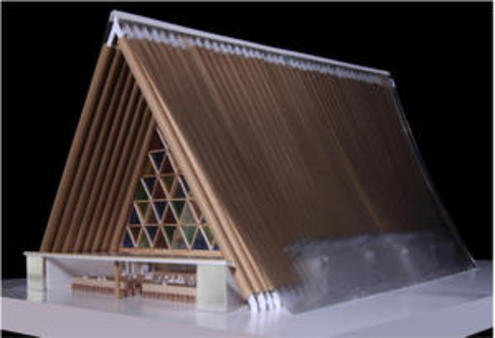
- It has been known that the dioceses of Christchurch are planning to build a cathedral that will be made of cardboard. This cathedral will be a temporary substitution for the Victorian-era central church that was damaged in earthquake. On July 30, plan for a 700-seat church that will be made of recycled paper and cardboard tubing was unveiled by the dean of the Christchurch. This will serve as a temporary home for worshipers till a new church is built. The temporary church will be designed by Shigeru Ban, a Japanese architect. The church will be ready in February 2012 and will have life-expectancy of 15 years. The cost of this extraordinary structure is estimated around £2.15. The building will be made of polycarbonate and cardboard tubing and the foundation of the structure will consist of shipping container. It is hoped that the work for the temporary structures gets completed before Feb. 22, which will also be the first anniversary of the earthquake in which the church was damaged.
Pupa Cardboard Habitat for Bloomberg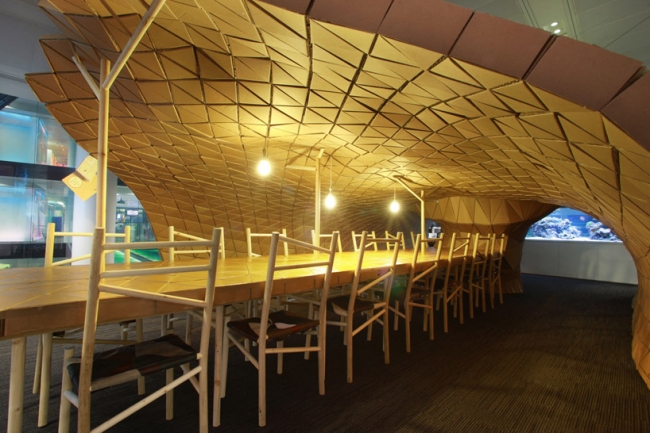
Pupa Cardboard Habitat for Bloomberg is part of the project ‘waste not, want it’. It has been designed by liam Hopkins who works for lazerian design studio. The structure is magnificent and first of its kind and to make up the frame of this inhabitable structure, about 3,972 cardboard boarders have been used. Same number of triangles have also been used to make its exoskeleton. All the material used to make this sculpture has been taken from storage warehouse and then redeveloped as per the need of their installation. The design of this structure is computer generated so that a desired shape can be obtained. The end structure has been glued and fixed together completely by hands.
Pavilion from 2000 Recycled Cardboard Tubes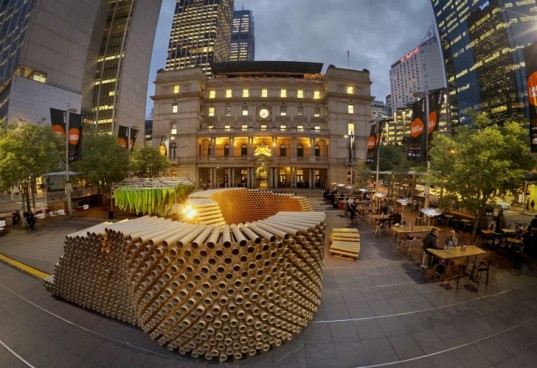
In Australia, a group of students perusing studies in University of New South Wales designed a provisional pavilion using cardboard tubes. It was a part of a CH4 Student Design Competition in which architectural students from various Australian universities constructed temporary structures. The cardboard tubes for the construction of this structure were given by a carpet manufacturing company. The main theme of the competition was using recycled material to make the earth a better place and its goal was to educate the people who visit the festival about this matter. The exhibition that lasted for a period of ten days was juried by renowned architecture professionals from Sydney. After the competition, the tubes were sent back to the manufacture so that they can be reused or recycled into paper.
Cardboard Banquet at Cambridge University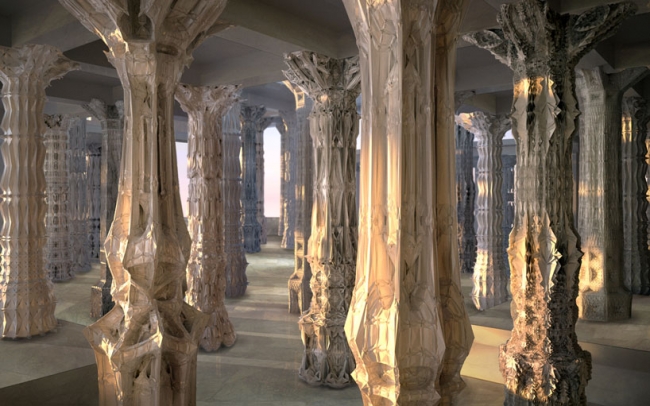
First and third-year students from the Cambridge University under the guidance of tutors Max Beckenbauer and Tom Emerson designed and constructed a pavilion for a âcardboard banquetâ. Those were created in order to host a party to celebrate new year as well as educated the people about the environmental problems. The students were directed to create a structure using only cardboard without using computer or any other technology. With the help of Rentaro Nishimura, a paper product designer, students were able to flexible design. It took three days to get the structure fabricated and erection took some hours. The furniture used in the structure was also made of cardboard and was exclusively created by the first year students.



